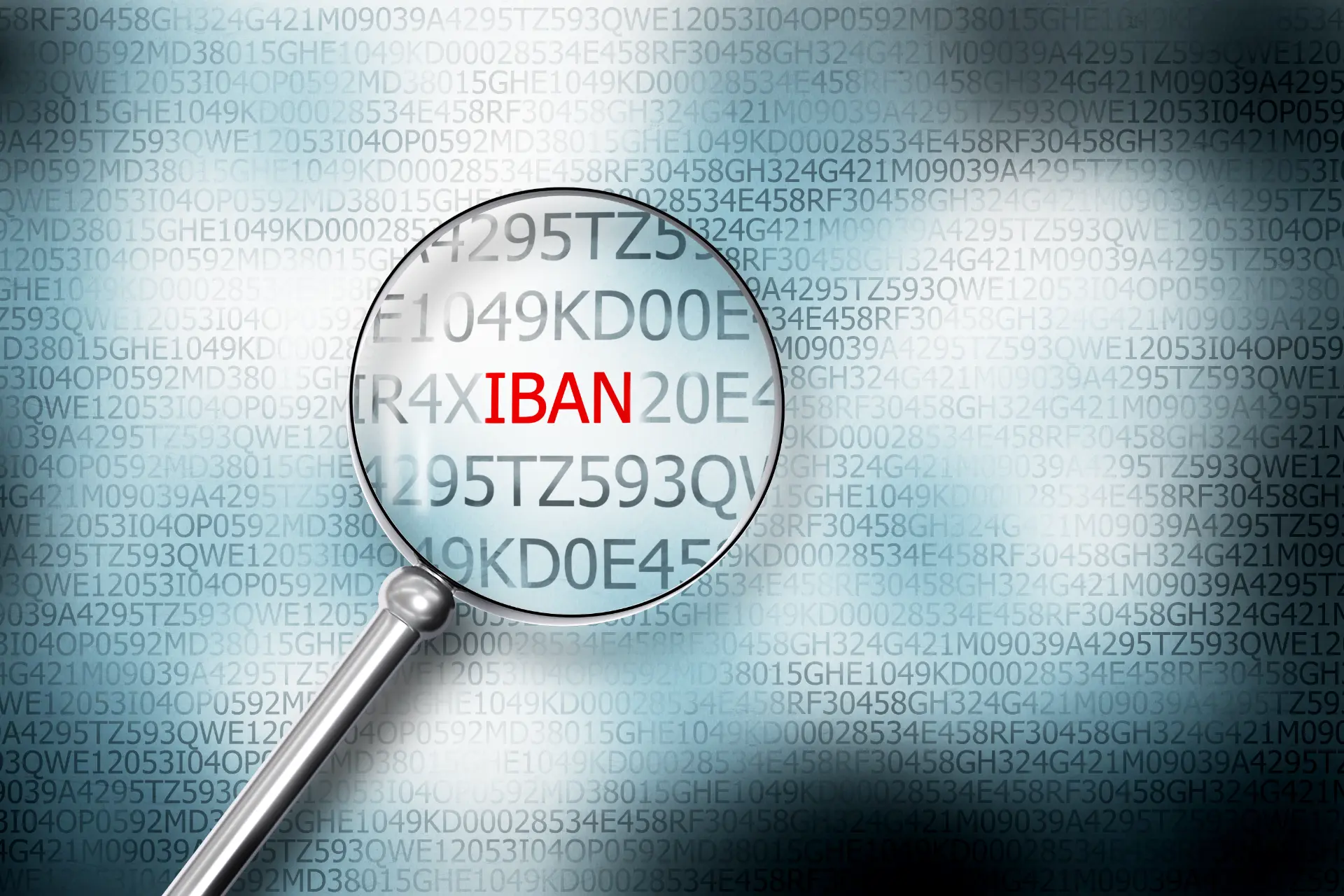Table of contents
- What is Zloader and why is it a growing threat?
- Zloader’s new attack techniques
- Distribution methods and targets
- The role of companies in fighting Zloader
This article explores Zloader, a sophisticated banking Trojan that continues to evolve with new techniques to evade defenses.
We’ll analyze what Zloader is, its main features, and recent updates that make it a persistent threat in the cyber security landscape.
What is Zloader and why is it a growing threat?
Zloader Trojan, also known as Terdot, DELoader, or Silent Night, is a malware loader designed to download and execute malicious payloads on compromised systems.
Derived from the infamous Zeus Trojan, this malware has established itself as a versatile and dangerous tool, primarily used to steal sensitive data and facilitate ransomware attacks, particularly on Microsoft systems that Zloader seems to favor.
Zloader’s standout feature is its ability to evade security measures. Techniques such as domain generation algorithms (DGA) and environment checks to prevent unauthorized executions allow the malware to adapt and remain undetected.
Recent updates have introduced additional enhancements, solidifying Zloader’s effectiveness and making it one of the most challenging threats to combat.
Zloader’s new attack techniques
Recent updates have seen Zloader reemerge with new campaigns and advanced features such as DNS tunneling, used to hide its command-and-control (C2) communications.
This technique enables threat actors to conceal malicious traffic within DNS packets, improving the malware’s ability to evade detection.
The latest version also includes an interactive shell, allowing operators to execute binary files, DLLs, and shell code, as well as exfiltrate data and terminate processes. These features enhance the malware’s operational flexibility, making it particularly valuable for ransomware campaigns like those linked to the Black Basta group.

Distribution methods and targets
Zloader is often distributed via phishing emails designed to trick users into downloading infected files. Another common tactic is leveraging remote desktop protocol (RDP) connections obtained through fake tech support requests. Once users download the payload, the malware installs itself and begins communicating with C2 servers.
One notable additional payload distributed by Zloader is GhostSocks, a component that facilitates the Trojan’s installation. This modular approach underscores Zloader’s scalable and as-a-service nature, making it easily customizable for various attack types.
The role of companies in fighting Zloader
Combating threats like Zloader requires a multi-layered approach involving both technology and employee training. Companies must implement advanced detection systems capable of identifying unknown threats and blocking suspicious communications, such as those involving DNS tunneling or HTTPS.
Additionally, businesses must ensure employees are aware of email phishing risks and equipped to recognize deceptive tactics. Only through a joint effort can the impact of malicious tools like Zloader be mitigated.
To conclude…
Zloader is a sophisticated and evolving malware threat. Its ability to bypass defenses and serve multiple malicious purposes makes it a significant danger in the cyber security landscape.
Constantly monitoring its developments and adopting proactive measures are crucial steps to protect systems and data.
Questions and answers
- What is Zloader?
It is a banking Trojan derived from the Zeus malware, used to steal sensitive data and distribute other malicious payloads. - What are its main features?
Defense evasion, modular payload distribution, and advanced techniques such as DNS tunneling to hide communications. - How is it distributed?
Via phishing emails, compromised RDP connections, and other targeted social engineering campaigns. - Why is it considered a sophisticated threat?
Due to its detection evasion capabilities and advanced functionalities introduced in recent versions. - What techniques does it use to hide communications?
DNS tunneling, HTTPS with POST requests, and other cryptographic methods. - What industries has Zloader targeted?
The malware has affected various sectors, often targeting financial institutions and vulnerable businesses. - How can companies protect against Zloader?
Implement advanced security solutions, train employees on phishing risks, and monitor network traffic. - What makes the latest version of Zloader unique?
An interactive shell for executing files and code, along with a custom DNS protocol for C2 communications. - What threats are associated with Zloader?
The malware is often used to facilitate ransomware attacks and steal sensitive information. - What does the future hold for Zloader?
As its capabilities evolve, Zloader will continue to pose significant challenges to global cyber security.
